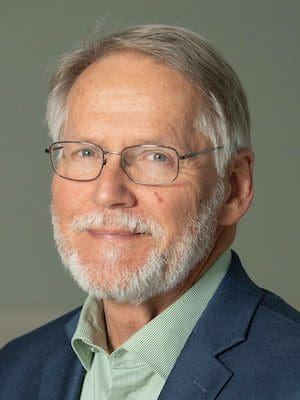Friday is a good day NOT to be in Jerusalem, especially during Ramadan, with special services in both mosques and synagogues, the Temple Mount crowded with thousands of Palestinians bused in from the West Bank and the Western Wall with thousands of Jews from Jerusalem and the unauthorized settlements in Palestinian territory.
We chose that day for a special activity that very few tour groups do: we drove to Beit Guvrim national park to participate in a “Dig for a Day” experience in the caves of Tel Mareshah with the Archaeological Seminars organization.
Before leaving, early birds walked up the hill from the hotel to examine the excavations of ancient Ramath Rachel, led by Aharoni in the 1960s. “Ramath Rachel” means “Hill of Rachel,” and is the traditional site of where Rachel died giving birth to Benjamin as Jacob’s family traveled south toward Hebron. After checking out the ruins, including a nice casemate wall from the kingdom of Judah, we headed south to the Valley of Elah, where we stopped to collect stones from the brook near where the story of David and Goliath would have taken place 1 Samuel 17).
During the second century, BCE, the area — about 30 miles southwest of Jerusalem in the shephelah (hill country) — was occupied by Idumeans, formerly known as Edomites until they became Hellenized and adopted the Greek form of the name. There they found a prosperous area for growing olives, with easy access to trade both on the seacoast and inland toward the larger cities.
When they dug into the ground to quarry stone to build their houses, they discovered that below the hard nari surface the stone was more like chalk, easy to dig and shape. Their quarries turned into large underground complexes used for storage, oil production, crafts, and other activities.
After Jewish leaders temporarily regained control of the area during the Maccabean revolt, residents of Mareshah collected their valuables, then broke down their houses and threw them into the underground caves, leaving a treasure-trove of pottery and other everyday items for archaeologists to uncover more than 2,000 years later.
Since the material was largely dumped in, it is not stratified, so excavators don’t have to be careful about keeping a level surface and recording everything in its exact location. Instead, records are kept by the cave system and number of each room.
Our team was unusually productive, finding some nice pieces of pottery, the large shards of a nearly complete amphora, a number of bones, and even a small coin — a rare find that only happens every month or two.
 After digging in the caves for an hour or so, we schlepped buckets of dirt back up from the cave and sifted it for things like small bits of glass, pottery, and the aforementioned coin, probably made of bronze.
After digging in the caves for an hour or so, we schlepped buckets of dirt back up from the cave and sifted it for things like small bits of glass, pottery, and the aforementioned coin, probably made of bronze.
Following the dig experience, we drove into Beit Zahur, one of three large “villages” associated with Bethlehem.
There we enjoyed a late lunch at a Palestinian restaurant just across the street from Shepherds’ Field, a formerly pastoral area that is the traditional place where angels told the shepherds about Jesus’ birth. We explored a cave that could have served as sleeping quarters for shepherds in the field, and read the story from Luke 2.
From Shepherds’ Field we returned to our hotel at Ramath Rachel in time for a visit to the pool or a couple of hours’ rest before enjoying a fine Shabbat meal at the hotel.
We’ll need to rest up, for tomorrow we tackle Masada and the Dead Sea.











